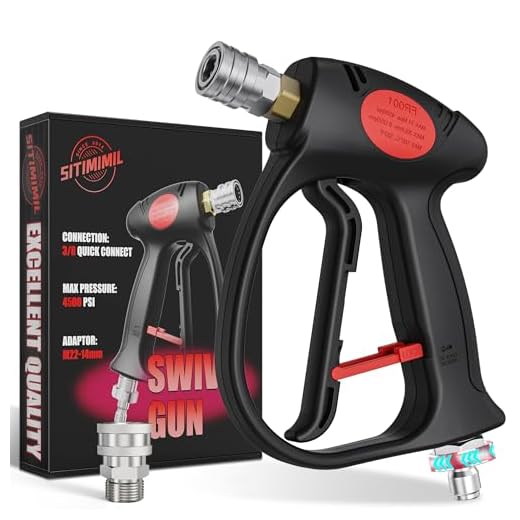
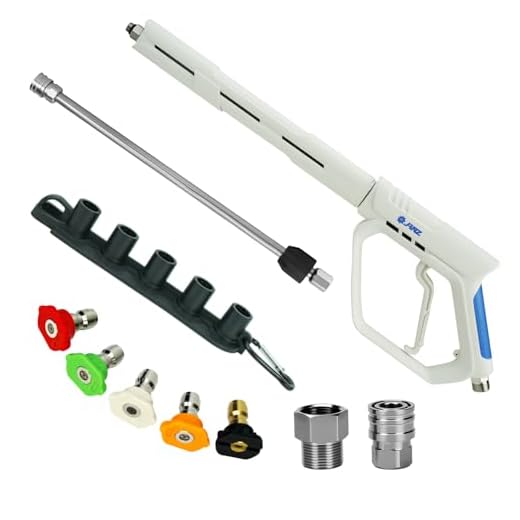
Choosing the right nozzle for your cleaning task can significantly enhance your efficiency. Each nozzle colour corresponds to a specific spray angle, which determines how concentrated the water jet will be and the potential cleaning power it offers. For tackling tough grime and dirt, a red nozzle, typically with a 0-degree spray, delivers a powerful and precise stream suitable for removing stubborn stains on durable surfaces.
For broader coverage without sacrificing cleaning intensity, consider the yellow nozzle, which provides a 15-degree spray. This option is effective for heavy-duty tasks, such as stripping paint or cleaning tough surfaces like concrete. It strikes a balance between power and coverage, making it ideal for a variety of outdoor projects.
Moving to the green nozzle, you’ll find a 25-degree spray angle that offers versatility. It’s well-suited for general cleaning tasks, such as washing cars, decks, or patio furniture. This nozzle type provides a wider spray pattern while still maintaining adequate pressure for effective cleaning.
Finally, the white nozzle, featuring a 40-degree spray, is perfect for delicate surfaces or tasks requiring gentle cleaning, such as washing windows or siding. It minimizes the risk of damage while still delivering a thorough wash. Selecting the correct nozzle based on your cleaning needs can maximise efficiency and ensure optimal results.
Understanding Pressure Washer Tip Colours
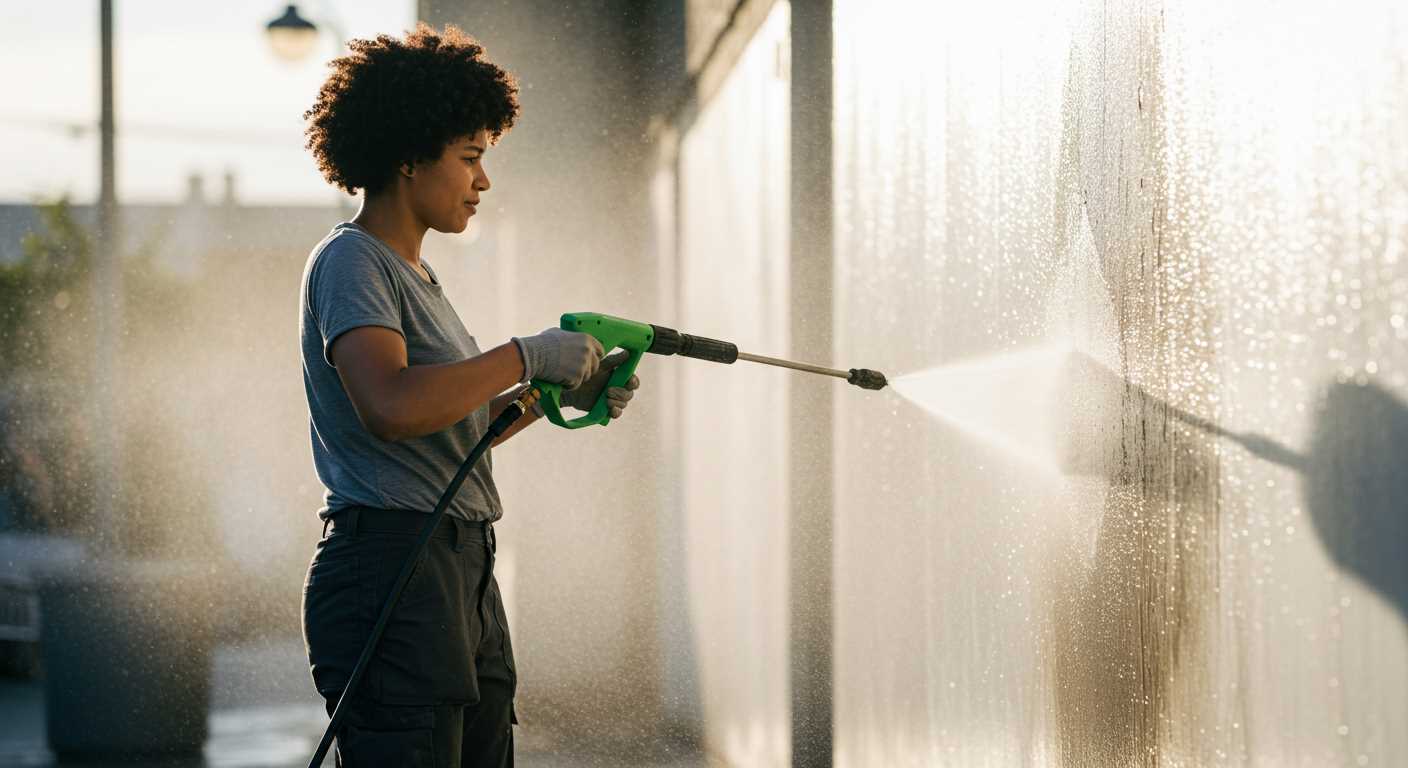
Selecting the right nozzle can drastically affect performance and outcomes of your cleaning tasks. Each hue corresponds to a specific spray pattern and intensity. Familiarising yourself with these colours will drastically enhance your efficiency.
Common Tip Colours and Their Uses
- Red (0°): Creates a concentrated stream of water ideal for tough stains on concrete or metal surfaces. Use sparingly, as it can damage softer materials.
- Yellow (15°): Offers a wider spray, suitable for heavy-duty cleaning like removing paint or grime from decks and driveways. Handle it with care on delicate surfaces.
- Green (25°): Perfect for general cleaning tasks such as washing cars and siding. It balances power and coverage effectively.
- White (40°): This nozzle provides the widest spray pattern, useful for rinsing and light cleaning, especially on glass or painted surfaces.
- Black (Soap): Designed for applying detergent, this low-pressure option should be used first to pre-soak, ensuring dirt is loosened before switching to a higher pressure tip.
Choosing The Right Nozzle
Consider your cleaning objective first. For intense cleaning needs, commence with a narrow pattern and adjust to a wider one as necessary. Remember, starting from a distance prevents harm to surfaces. Always double-check the manufacturer’s guidelines for your specific unit to avoid any potential damage.
Thorough understanding of the nozzle shades empowers better decision-making, leading to more satisfactory results. Use this knowledge to optimise your cleaning approach and maximise your equipment’s capabilities.
Green Tip: General Cleaning Applications
For routine upkeep, the green nozzle serves as an excellent choice. It delivers a 25-degree spray, striking a balance between power and gentleness. Ideal for tackling dirt on driveways, patios, decks, and vehicles without causing damage. This attachment effectively uproots grime while preserving delicate surfaces.
Suitable Surfaces
Use this tip on various materials like wood, concrete, brick, and even vehicles. It efficiently dislodges stubborn stains, making it perfect for cleaning barbecue grills, outdoor furniture, and pathways.
Application Techniques
Maintain a distance of around 12 to 18 inches from the surface to prevent potential harm. Move in sweeping motions for even coverage, and if working on vertical surfaces, spray from bottom to top to counteract drips. Ensure to keep the nozzle at a consistent angle to optimise cleaning results.
Yellow Tip: Moderate Cleaning for Tough Stains
The yellow nozzle is specifically designed for moderate cleaning tasks. It provides a 15-degree spray pattern, making it effective for tackling tougher stains, such as grease, mildew, and algae, on various surfaces.
Ideal Applications
Utilising the yellow nozzle is suitable for cleaning driveways, patios, and outdoor furniture. It’s also beneficial when you want to remove stubborn dirt from vehicles and machinery. This tip can provide a more focused stream of water that can reach into tight crevices, ensuring a deeper clean.
Usage Tips
When employing this attachment, maintain a safe distance from the surface, usually around 12 to 18 inches, to prevent damage. It’s advisable to test in an inconspicuous area first. Adjusting the angle of the nozzle can further optimise cleaning efficiency while reducing the risk of surface impairment.
Red Tip: Heavy-Duty Cleaning and Surface Damage Risks
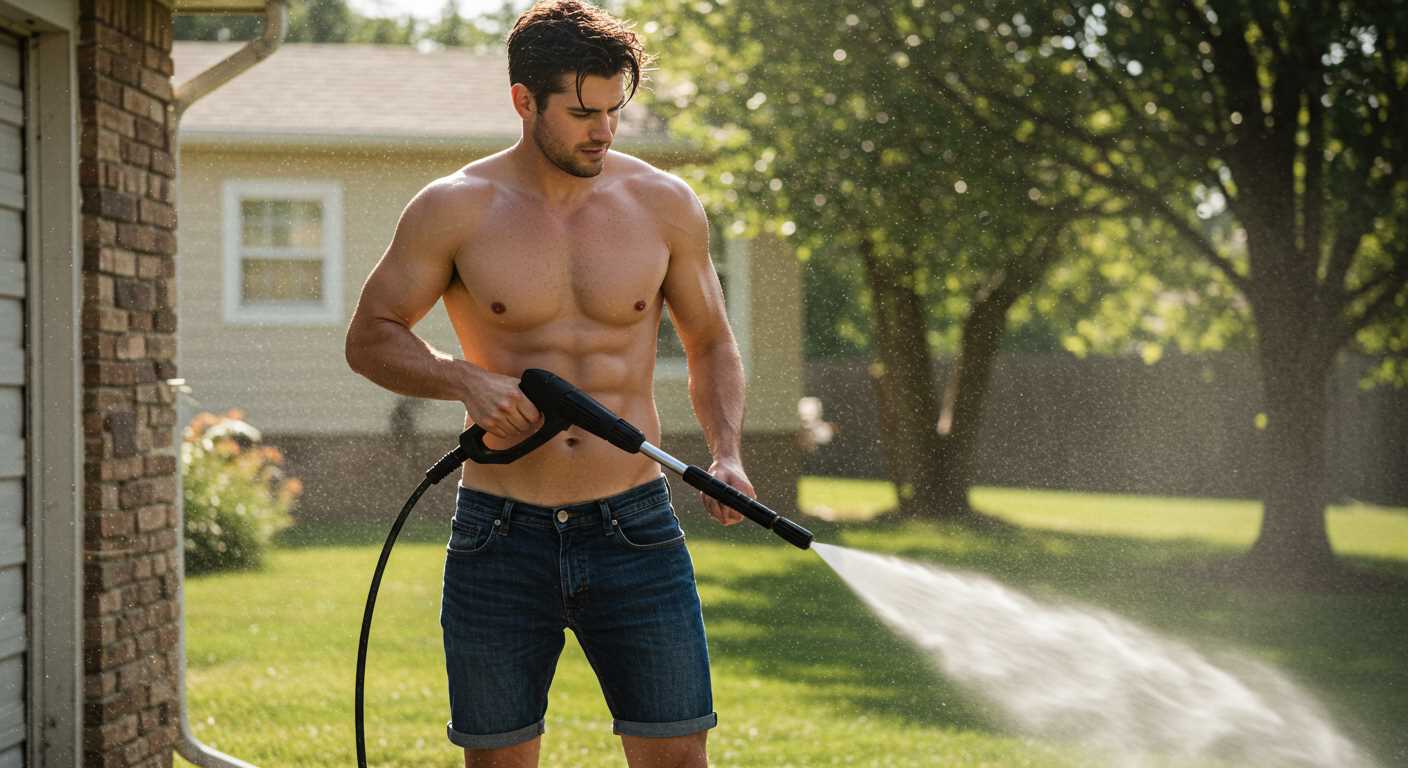
For extreme cleaning needs, I often opt for the red nozzle. This accessory releases a concentrated, high-pressure stream, making it perfect for tough jobs like removing concrete stains or heavy grime. However, caution is critical while using this nozzle due to its potential for surface damage.
When aiming it at surfaces, ensuring the distance is appropriate is essential; maintaining at least 2-3 feet away helps minimise risks. The intensity of the jet can etch or gouge softer materials such as wood, and even damage painted surfaces. Always test on a small, inconspicuous area first to assess how the material reacts.
This attachment excels in industrial cleaning applications, including rust and paint removal from metal structures. However, avoid using it on delicate items like vehicles, as it can cause unintended scratches and dents. Proper personal protective equipment, such as goggles and gloves, is advisable due to the high force of the water stream.
In short, the red nozzle serves as a powerful ally for heavy-duty tasks but warrants a measured approach to protect surfaces and ensure safety during use.
White Tip: Gentle Cleaning for Delicate Surfaces
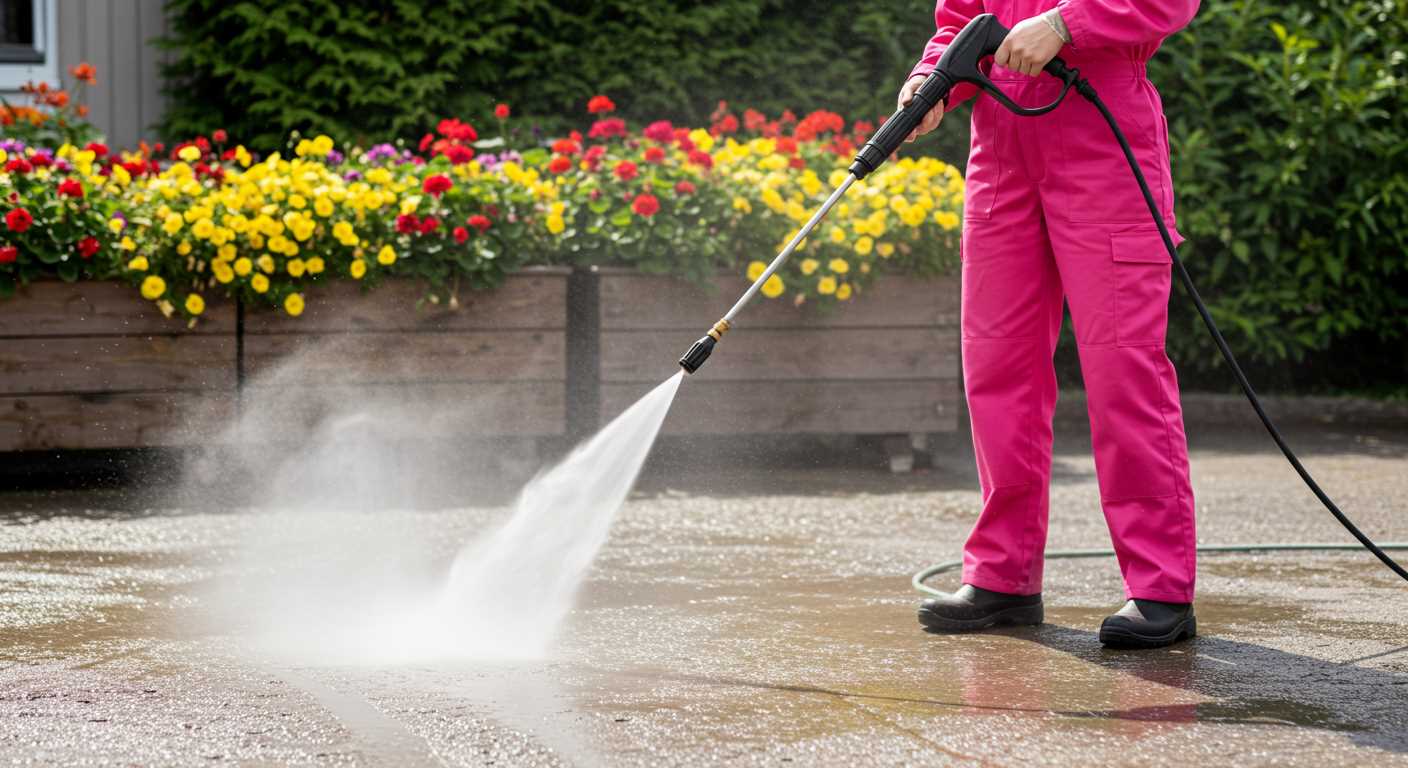
The white nozzle is designed for a gentle touch, making it perfect for cleaning sensitive surfaces such as cars, outdoor furniture, and painted areas. This attachment typically produces a wider spray pattern, allowing for greater coverage while reducing the risk of damage to softer materials.
Application Recommendations
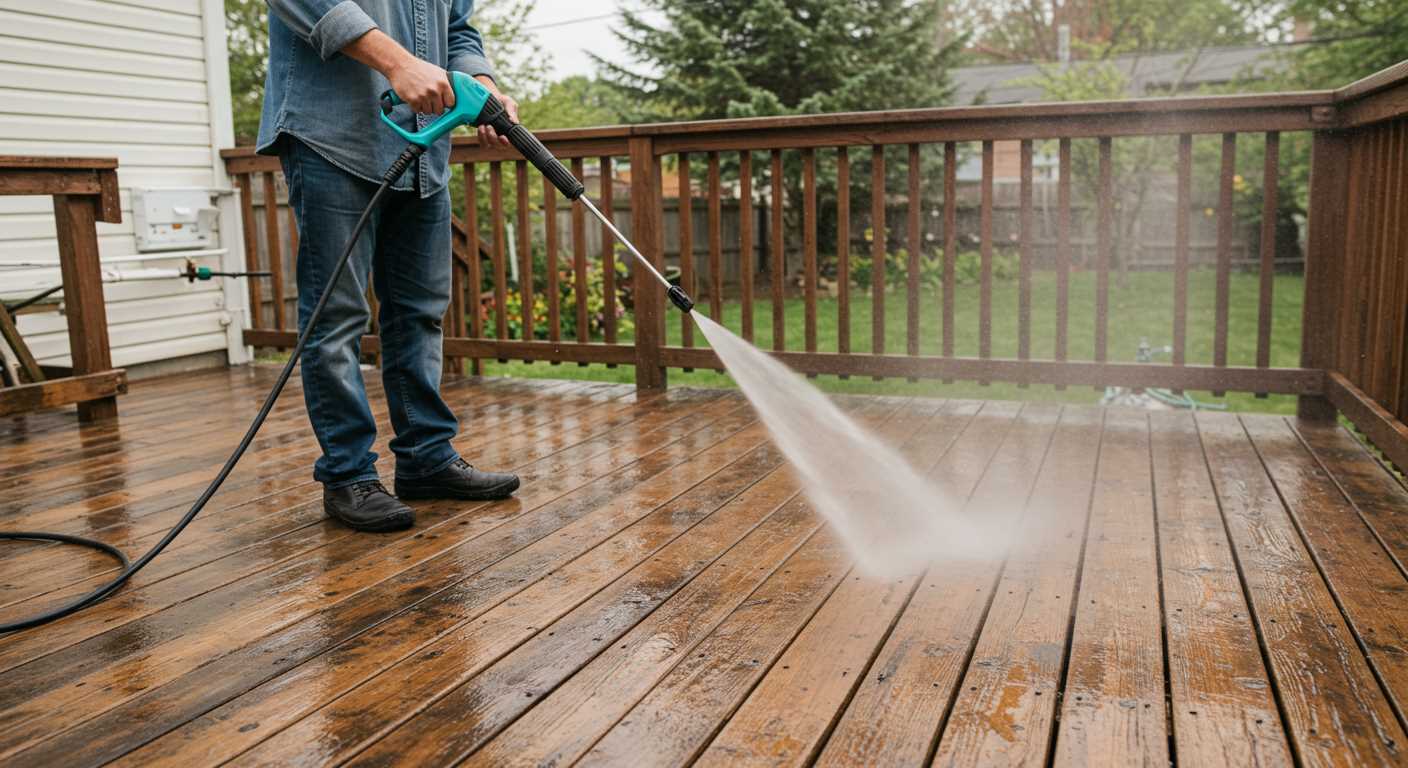
For optimal results, I recommend using the white tip with a maximum pressure of 1,500 PSI or lower. Here are some applications where this nozzle shines:
| Surface | Recommended Use |
|---|---|
| Vehicles | Safely clean paint without causing scratches |
| Wooden Decks | Remove dirt and mildew without damaging the wood |
| Outdoor Furniture | Gently wash plastic and fabric without harming materials |
| Windows | Clean glass surfaces effectively |
Usage Tips
Maintaining a distance of 2-3 feet from the surface is crucial to avoid surface agitation. Always keep the nozzle moving to prevent concentrated pressure in one spot, which could potentially lead to unintended damage even on delicate surfaces. For added protection, consider pre-soaking the area with a dedicated cleaner before using the white tip for the most effective results.
Storing the white nozzle properly, free from bends and kinks, will also ensure its longevity and performance for future cleaning tasks.
Choosing the Right Tip for Your Project
Select a nozzle based on your specific cleaning requirement and surface type. For general tasks like patio cleaning or washing vehicles, opt for the green attachment. Its balanced pressure is ideal for removing common dirt without damaging surfaces.
If you face tough stains, switch to the yellow nozzle. It’s designed for grime that resists lighter pressure settings, making it suitable for driveways or oil marks on concrete.
For heavy-duty removal, especially on hard surfaces or masonry, the red attachment offers the highest intensity. However, exercise caution – its force can cause chipping or etching on softer materials.
The white nozzle serves well for delicate cleaning, perfect for painted surfaces or outdoor furnishings. Use it to safeguard sensitive finishes while still achieving effective cleaning.
Assess the material you’ll be working on and choose accordingly to avoid unnecessary damage. Always test a small, inconspicuous area first to ensure compatibility. When in doubt, consult the owner’s manual, as some equipment may have unique specifications.
Keep in mind that switching nozzles regularly can enhance your cleaning regimen, enabling you to tackle various tasks with efficiency and precision. Remember to clean and maintain your nozzles for longevity, ensuring they perform optimally for each project.








